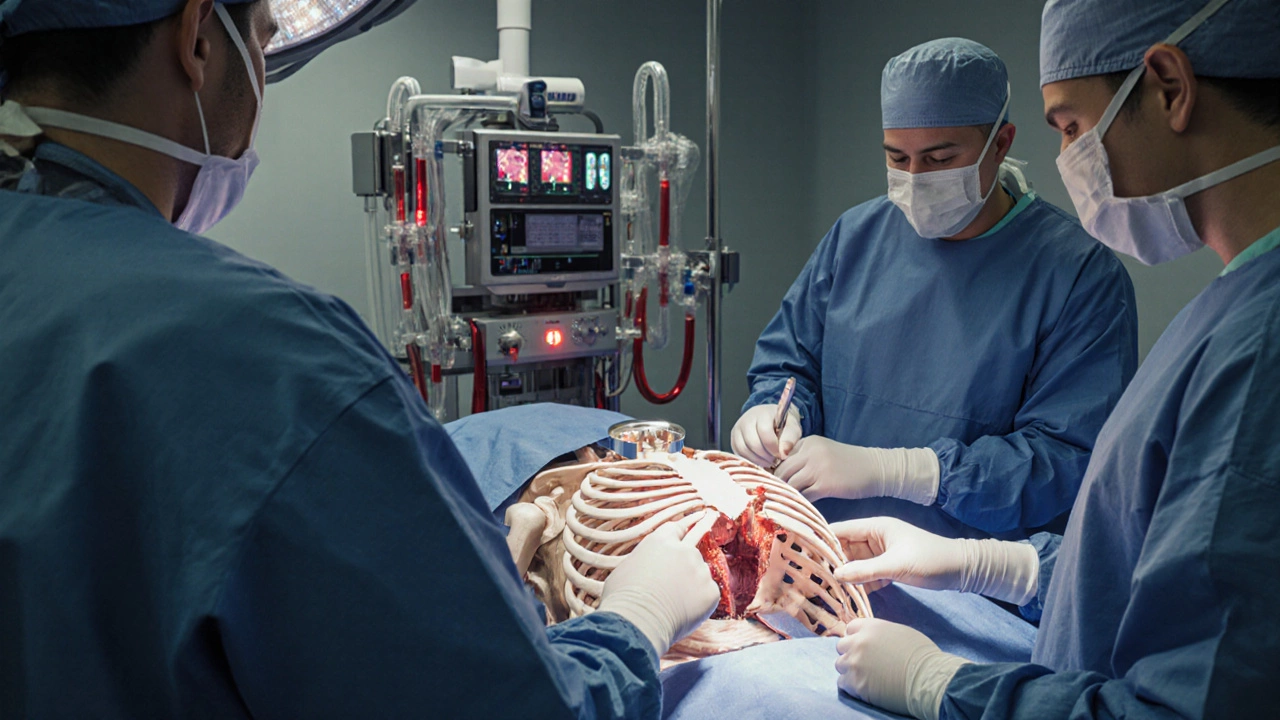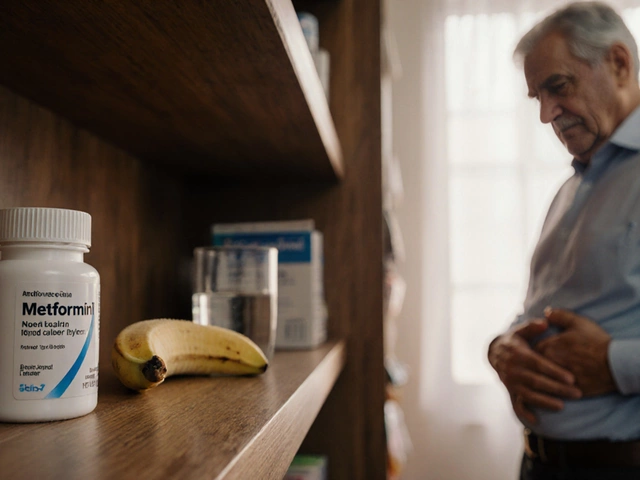Discover which two surgeries cause the most pain, why they’re so intense, and how patients manage recovery after heart operations.
Read MoreCardiac Surgery: What You Need to Know
When you hear the term cardiac surgery, a set of operations that fix or replace parts of the heart. Also known as heart surgery, it’s a life‑changing procedure for many people. Closely linked to heart surgery recovery, the period after the operation when the body heals and the patient regains strength (post‑op recovery), and cardiac rehabilitation, a structured program of exercise, education and support (rehab), understanding each piece helps you navigate the whole journey.
Cardiac surgery encompasses a range of procedures—from bypass grafts to valve replacements. It requires a skilled surgical team, advanced equipment and careful pre‑operative assessment. The success of the operation influences the length of the average hospital stay after heart surgery, usually measured in days and affected by age, type of surgery and complications (post‑op hospital duration). Knowing typical stay lengths helps you plan for time off work, home care and follow‑up visits.
What to Expect After Cardiac Surgery
Right after the incision is closed, patients move to the intensive care unit. Here, nurses monitor heart rhythm, blood pressure and breathing. Pain control is a top priority; modern protocols use a mix of medicines to keep discomfort low without heavy sedation. Within the first 24‑48 hours, most patients start gentle breathing exercises and short walks—steps that kick‑start heart surgery recovery and reduce clot risk.
Nutrition plays a quiet but big role. Doctors often suggest a low‑sodium, high‑protein diet to support tissue repair. Hydration is essential, but fluid amounts are tailored to kidney function and heart output. For many, the first week at home means limiting heavy lifting and avoiding strenuous chores. A typical timeline looks like:
• Days 1‑3: ICU monitoring and early mobilization
• Days 4‑7: Transfer to a regular ward, start of light physiotherapy
• Week 2: Discharge planning, prescription of cardiac rehab
When the life after heart surgery, focus shifts to long‑term heart health, medication adherence and lifestyle changes (post‑op life) begins, the patient’s mindset matters. Setting realistic goals—like walking 30 minutes a day or cutting back on fried foods—creates a sense of control. Mental health support, whether through counseling or support groups, can smooth the emotional bumps that often follow major surgery.
Exercise isn’t a free‑for‑all right away. Cardiac rehabilitation programs customize activity levels based on the specific surgery you had. A typical session might include treadmill walking, light resistance work and education on recognizing warning signs such as unusual shortness of breath. Studies show that participants who stick to rehab reduce readmission rates by up to 30 %. If you can’t join a formal program, your doctor can suggest home‑based routines that still follow safety guidelines.
Medications are another pillar of success. Anti‑platelet drugs keep clots at bay, while statins manage cholesterol. Blood thinners need regular blood tests to keep the dose just right. Forgetting a dose or stopping early can undo months of healing, so using a pill organizer or setting phone reminders helps keep you on track.
Family and friends become part of the care team, too. They can help with grocery shopping, medication refills, and driving to follow‑up appointments. Clear communication with your healthcare provider about any new symptoms—chest pain, swelling in the legs, or sudden fatigue—ensures problems are caught early.
Insurance and cost considerations also matter in India. Many hospitals offer cardiac surgery packages that bundle the operation, ICU stay, and a set number of rehab sessions. Understanding what’s covered prevents surprise bills later on. If you’re looking for cost‑effective options, compare government hospitals with private centers; both can deliver excellent outcomes with different price points.
Technology keeps pushing the boundaries. Minimally invasive techniques, like robotic‑assisted bypass, shrink incision size and can cut hospital stay by a day or two. Hybrid procedures combine catheter‑based interventions with traditional surgery, offering a middle ground for patients who might not tolerate a full open‑heart operation.
All these pieces—surgical technique, hospital stay length, rehab, medication, lifestyle—form a web that determines how well you bounce back. By staying informed about each element, you can ask the right questions, set realistic expectations, and actively participate in your recovery journey.
Below you’ll find a curated list of articles that dive deeper into each of these topics, from cost‑cutting tips for cardiac procedures to detailed recovery timelines and practical lifestyle advice. Use them as a roadmap to plan your next steps and make your post‑surgery life smoother.





